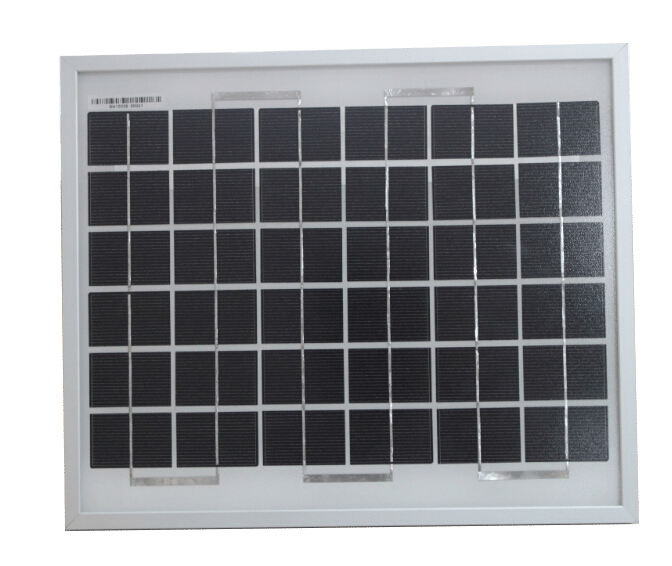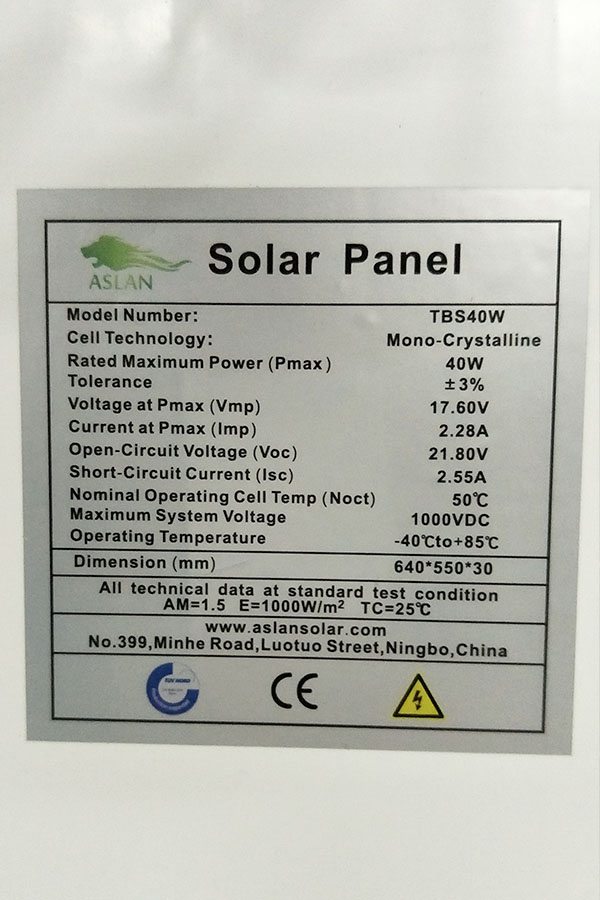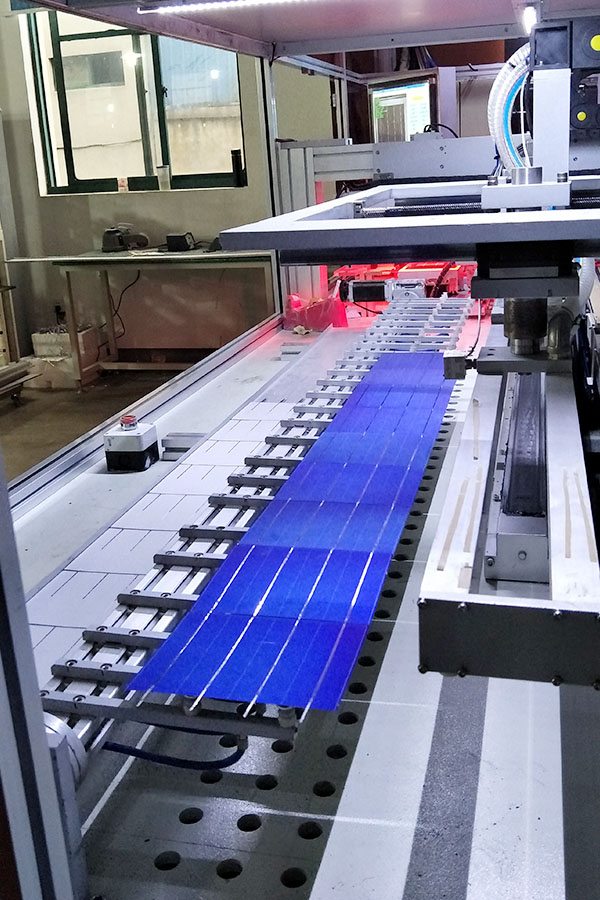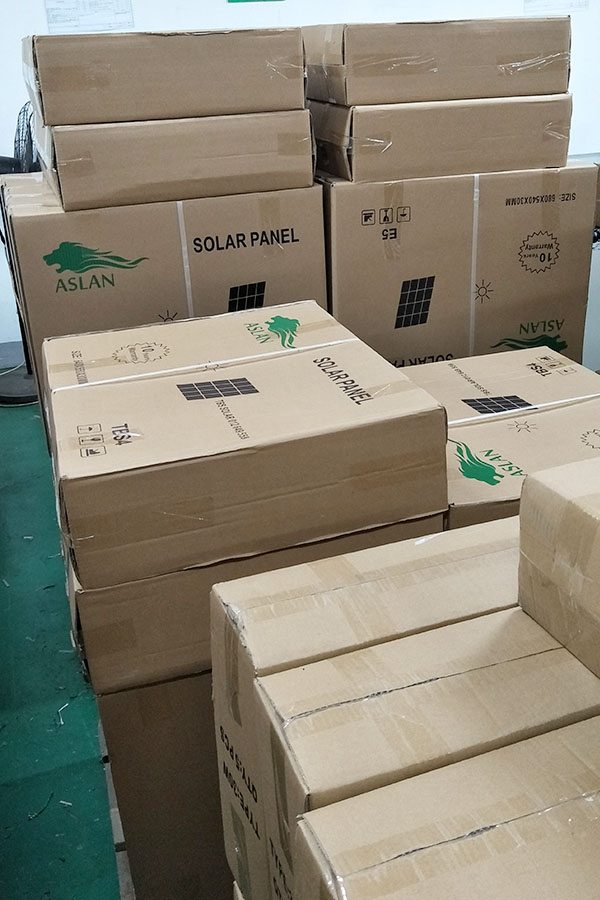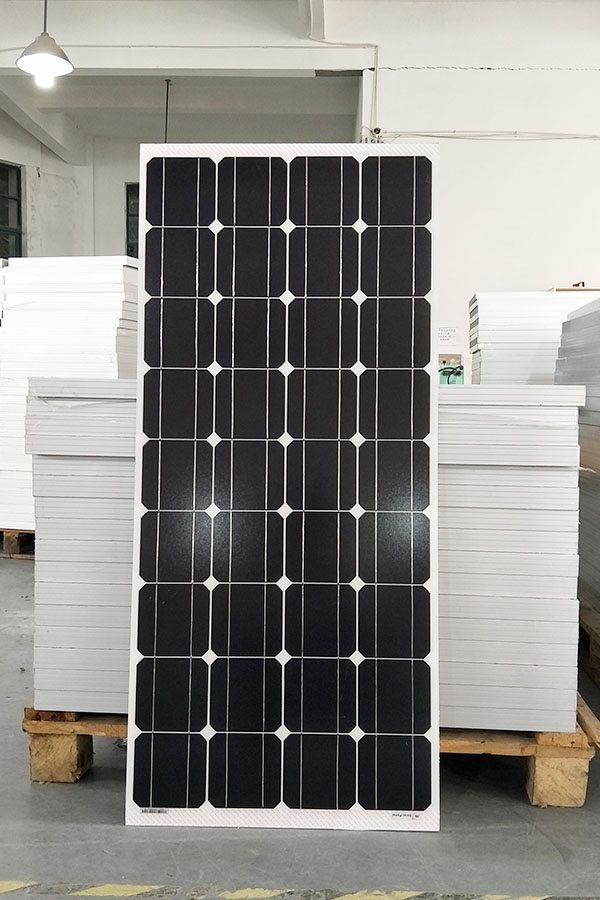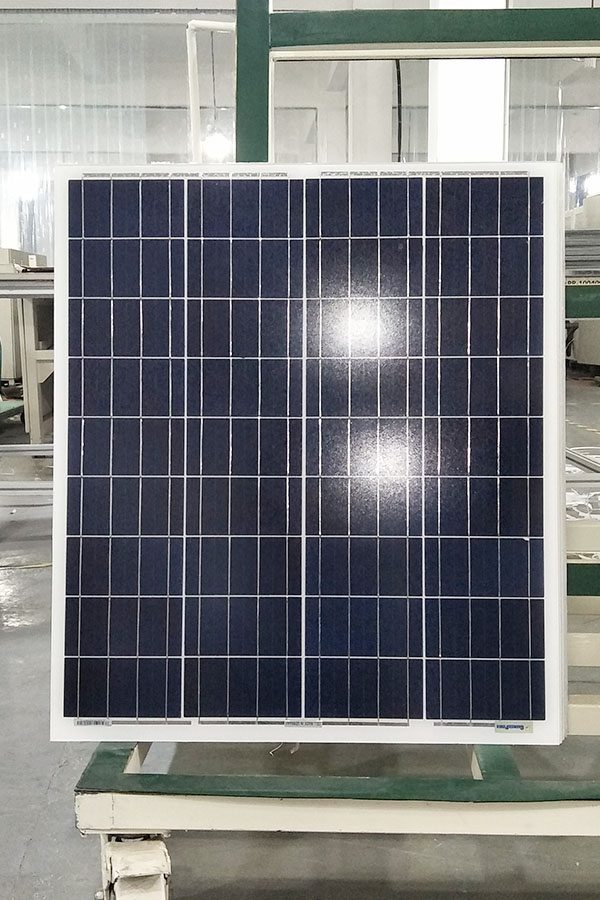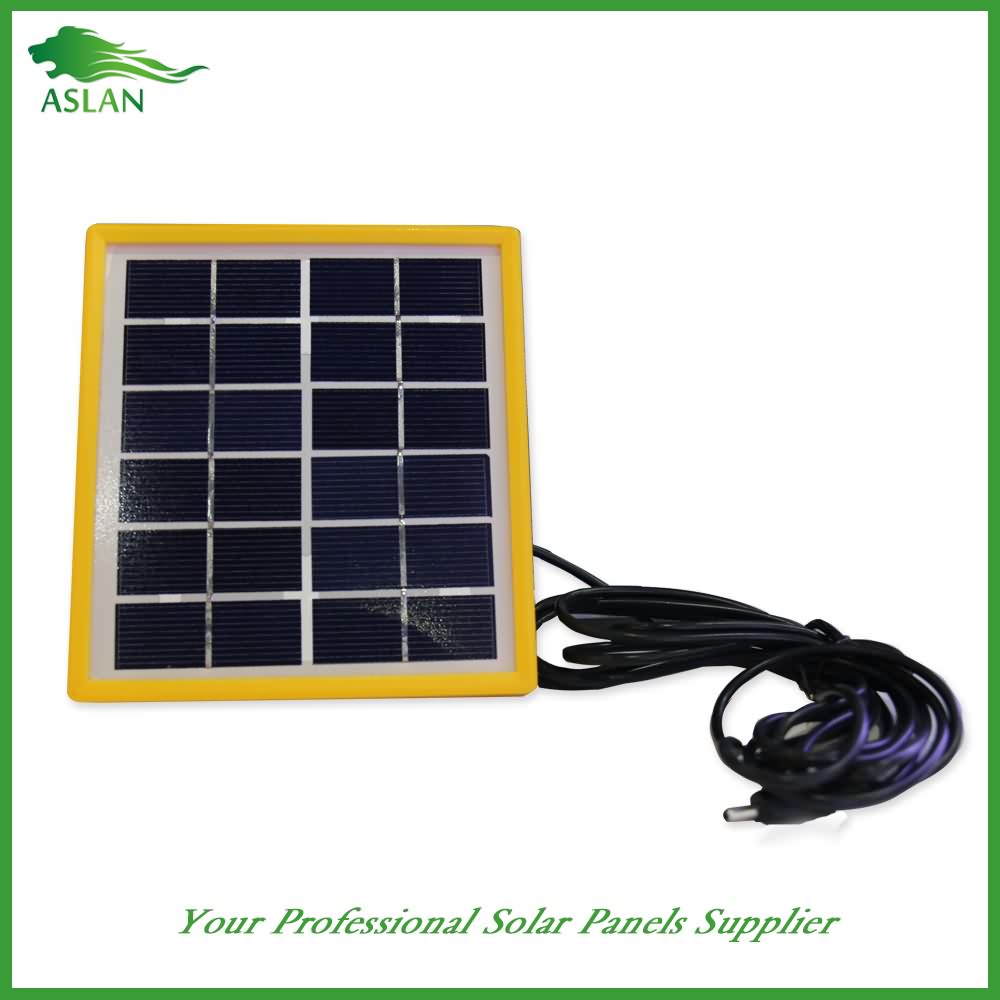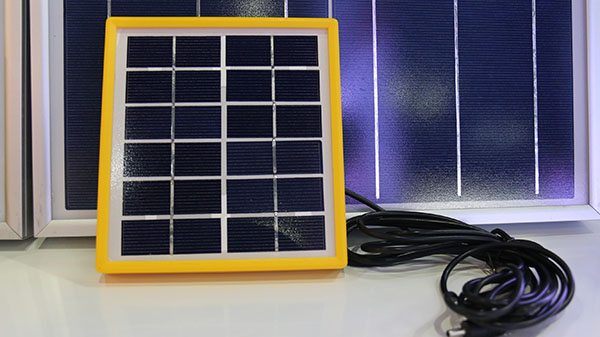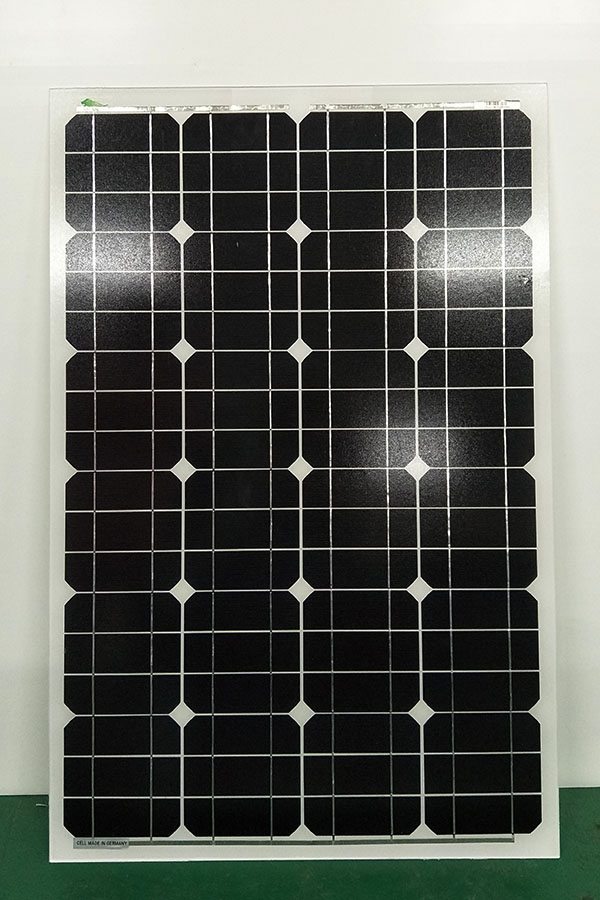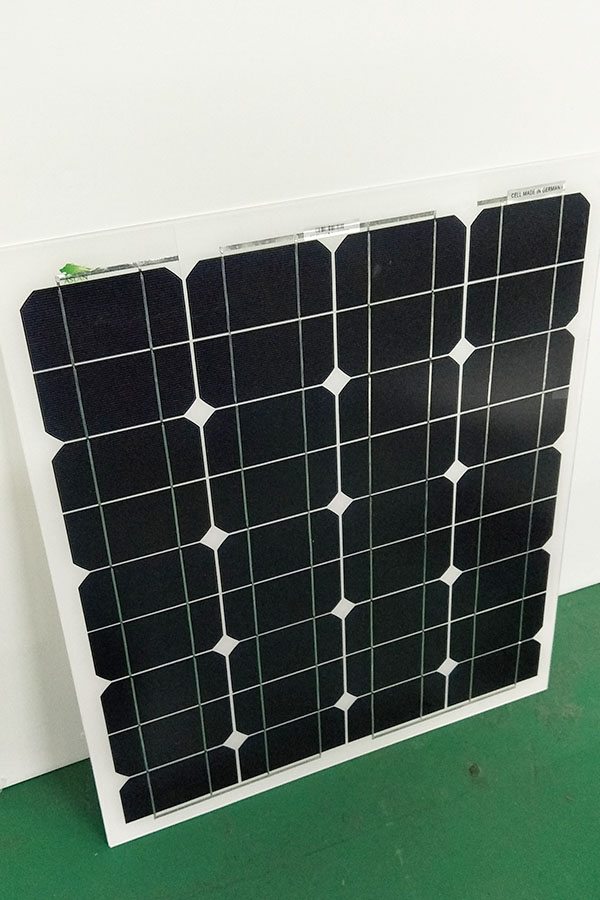Factory provide nice price Mono-Crystalline 10W Solar Panel Manufacturer in United Kingdom
Short Description:
We have the most advanced production equipment, experienced and qualified engineers and workers, recognized quality control systems and a friendly professional sales team pre/after-sales support for Factory provide nice price Mono-Crystalline 10W Solar Panel Manufacturer in United Kingdom, Our aim is "blazing new ground, Passing Value", in the future, we sincerely invite you to grow up with us and make a bright future together!
Mono-Crystalline 10W Solar Panel
Technical parameter
Maximum Power(W) 10W
Optimum Power Voltage(Vmp) 17.56V
Optimum Operating Current(Imp) 0.58A
Open Circuit Voltage(Voc) 21.35V
Short Circuit Current(Isc) 0.64A
Mechanical Characteristics
Cell Type Mono-crystalline 52x35mm
No of Cell 36 (4x9pcs)
Dimensions 250x370x17mm
Weight 1.2Kg
Front Glass 3.5mm,High Transmission, Low Iron,Tempered Glass
Junction box IP65 Rated
Output Cable TUV 1×4.0mm2/UL12AWG,Length:900mm
Temperature and Coefficients
Operating Temperature(°C): -40°C ~ + 85°C
Maximum System Voltage: 600V(UL)/1000V(IEC) DC
Maximum Rated Current Series: 15A
Temperature Coefficients of Pmax: -0.47%
Temperature Coefficients of Voc: -0.389%
Temperature Coefficients of Isc: 0.057%
Nominal Operationg Cell Temperature (NOCT): 47+/-2°C
Materials of solar panel
1).Solar Cell——Mono-crystalline solar cell 52*35mm
2).Front Glass——-3.2mm, high transmission, low iron, tempered glass
3).EVA——-excellent anti-aging EVA
4).TPT——-TPT hot seal made of flame resistance
5).Frame——anodized aluminum profile
6).Junction Box——-IP65 rated, high quality, with diode protection
Superiority: high quality anodized aluminum frame, high efficiency long life, easy installation, strong wind resistance, strong hail resistance.
Features
1. High cell efficiency with quality silicon materials for long term output stability
2. Strictly quality control ensure the stability and reliability, totally 23 QC procedures
3. High transmittance low iron tempered glass with enhanced stiffness and impact resistance
4. Both Poly-crystalline and Mono-crystalline
5. Excellent performance in harsh weather
6. Outstanding electrical performance under high temperature and low irradiance
Quality assurance testing
Thermal cycling test
Thermal shock test
Thermal/Freezing and high humidity cycling test
Electrical isolation test
Hail impact test
Mechanical, wind and twist loading test
Salt mist test
Light and water-exposure test
Moist carbon dioxide/sulphur dioxide
This is the second video in the series of four. In this video, I demonstrate what I talked about in the first video by using the Kill A Watt Meter on 2 appliances. I then show how to record the information on a form I made (download from the first video in series).
Add up all of the maximum wattage rating from all of the devices you want to run at the same time and/or that cause the greatest load. Then, add another 25% to 35%. This should tell you the approximate size inverter you need. If you run something that requires a large amount of wattage when first starting up, you need to consider this in your inverter selection. You also need to know if you are going to run a 12, 24, or 48 volt system when selecting an inverter. Use this information when discussing your needs with the solar supply company.
To get the most life out of your battery bank, many solar supply companies suggest not discharging more than 50%. This may only apply to certain types of batteries. You need to inquire about this. With my AGM batteries, I could discharge more, but they will last longer if I do not. So, I suggest adding up all the watt hours your devices use within a 24 hour period and at least double the watt hours to determine minimum battery bank size.
I am not an electrician so you should fact check me before making any decisions based on anything I suggest. Don’t rely on my suggestions or advice to make important decisions related to your system until fist speaking with an electrician (I did) and solar supply company (I did). This is just a hobby for me…
